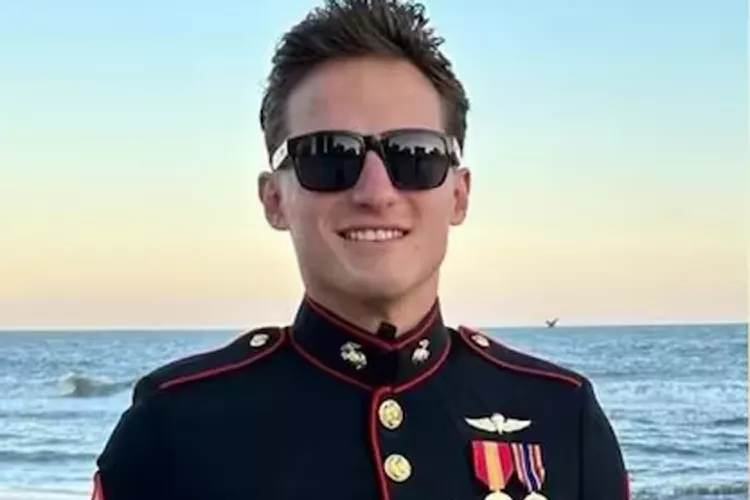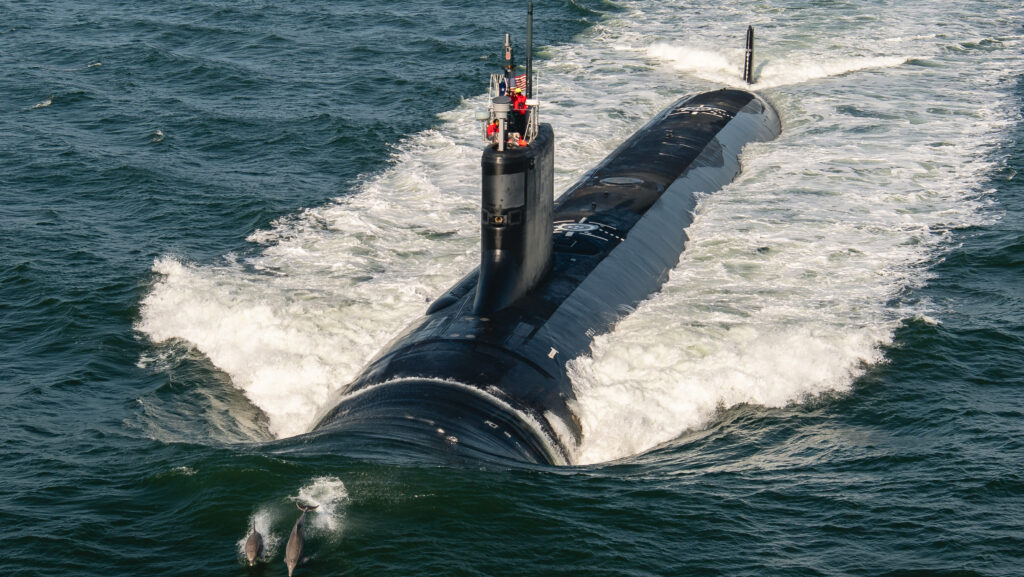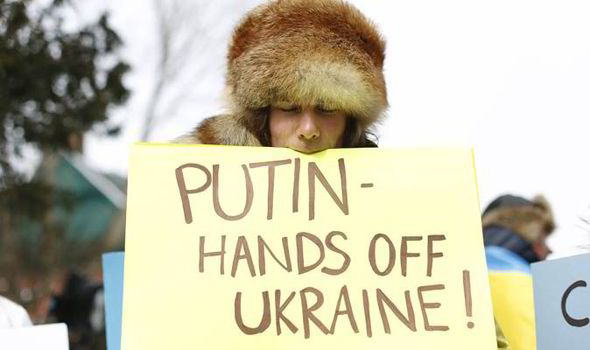
This is the second of two articles on the current crisis in Ukraine and on possible policy options for the international community. The first was on history of conflict in the region.
The Ukraine’s current turmoil and the standoff in the Crimea make for a complex strategic issue in Russia’s near-abroad, where Russia holds many of the cards to advantage.
But the leaders of Western Europe, Ukraine, and the United States are not bereft of policy options either. Stephen Cohen summed it up nicely in his 2000 book Failed Crusade: America and the tragedy of post-Communist Russia :
“The catastrophic clock is ticking in that tormented land, and no one knows what time it is—extraordinary American leadership is needed.”
Broadly speaking, the United States must strategically pause its “Pacific Rebalancing” and “Return to Europe” to engage in this century’s version of Rudyard Kipling’s “Great Game” for influence in Central Asia between Russia and the West.
Unlike the Cold War, the situation in Ukraine is not a simple U.S-Russian issue; rather, U.S. and Russian interests converge and collide over issues ranging from space, the Arctic, the Pacific, Iran, and energy security in myriad ways and places.
Russian President Vladimir Putin has organized and dominated post-Soviet Russia for 15 years with a focus on making Russia count, both at home and abroad.
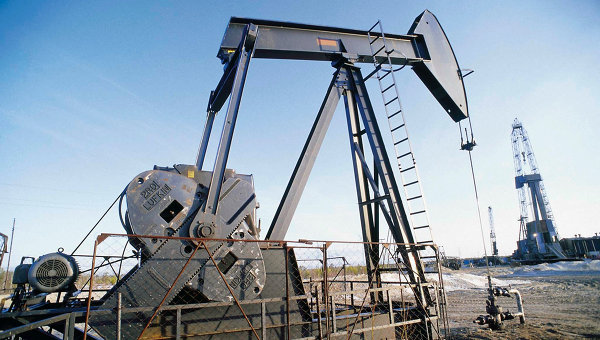 Energy and resource extraction and exploitation have given Russia great power and its military also maintains significant capacity, if not full-spectrum capability as a peer competitor with the United States.
Energy and resource extraction and exploitation have given Russia great power and its military also maintains significant capacity, if not full-spectrum capability as a peer competitor with the United States.
But Russia also has its problems: population management, plummeting birth rates, health care, skewed wealth distribution, governance, and lack-of-transparency issues—as well as a rise of Muslim nationalism.
While none of those afford the United States strategic options to be directly leveraged, they create challenges for Russia in 2025 and beyond, which mean that the United States and Europe can engage on Russia to achieve common core objectives (energy security and weapons proliferation) while addressing other divergent interests (Arctic, space, Iran, the greater Middle East, and beyond). We start with our core of allies in Europe.
Europe: ‘United in Hesitancy’
Europe and NATO are still central to this challenge, but are in disarray. The hard part is finding the core leadership in Europe and NATO that can, and will, play a direct and tough strategic game with the Russians and Putin.
European Council President Herman van Rompuy recently said that the Crimean “decision” is “contrary to Ukrainian constitution and therefore illegal”—but what will the European Union do to back up that statement?
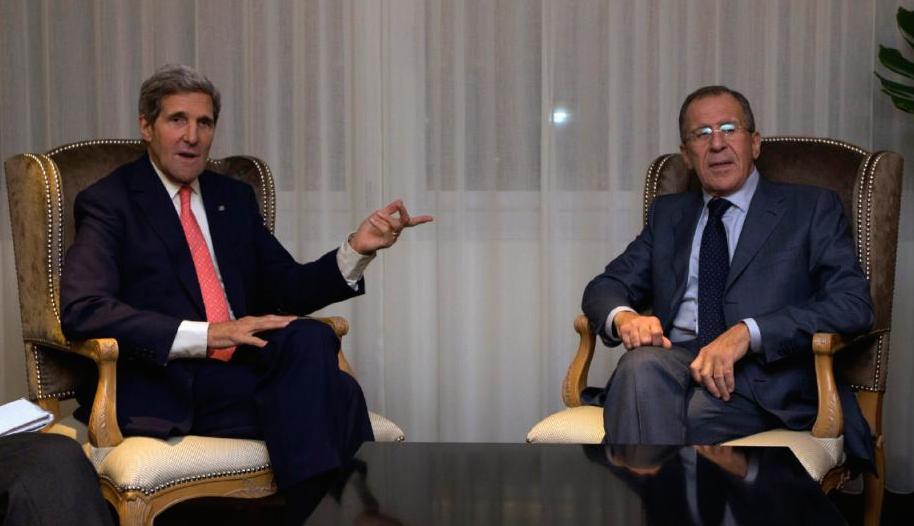
Having Russian Foreign Minister Sergei Lavrov and EU High Representative for Foreign Affairs and Security Policy Catherine Ashton meet in Madrid in the “near future” and Lavrov and U.S. Secretary of State John Kerry in Rome, doesn’t change the geography.
As Mark Mardell noted, “Europe is united in hesitancy.” It is a hesitancy born partly of apathy and partly of justified concerns.
At the 100th anniversary of World War I, Europeans are perhaps more cognizant than usual of just what Russia means, and can mean, in an interconnected Europe. Russian response to events in July 1914 led Europe to war, and Europe certainly wants to prevent that from happening again.
Beyond Europe:
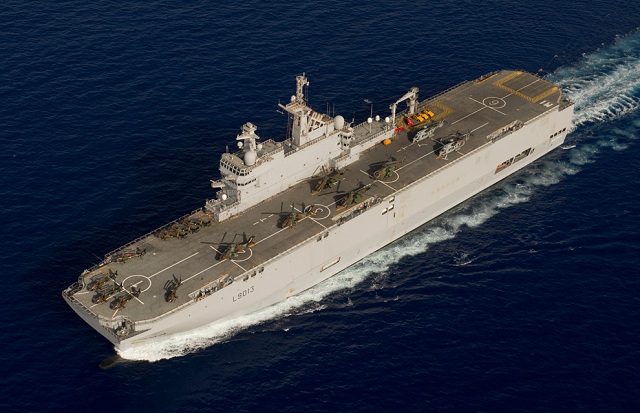
At the same time, this is more than just a matter of Russia in Europe. While few are looking, the Russian navy has received a major infusion of modernization funding, has ships in the South Atlantic, is taking delivery of a French-built Mistral class amphibious ship (the first of two), and is working to sign long term agreements in Vietnam and Djibouti to allow access for Russian forces while providing upgrade services for the host nation.
How Russia has evolved since 1991 is the critical core of this crisis, and is at the heart of Putin’s overarching strategy to redress the losses of 1989-1993.
Economically and politically, it could be said Putin is angling to get the United States and European Union to make up the rest of the $13 billion that Ukraine desperately needs—which he pledged last year—of which about $3 billion has been delivered.
Ukraine doesn’t seem to want to be part of Putin’s co-prosperity sphere, the Eurasian Union, but it desperately needs to uncover the shadow economy that evades taxes from Ukrainian coffers and have the ability to tax and invest, rather than having untold billions spill out of the country.
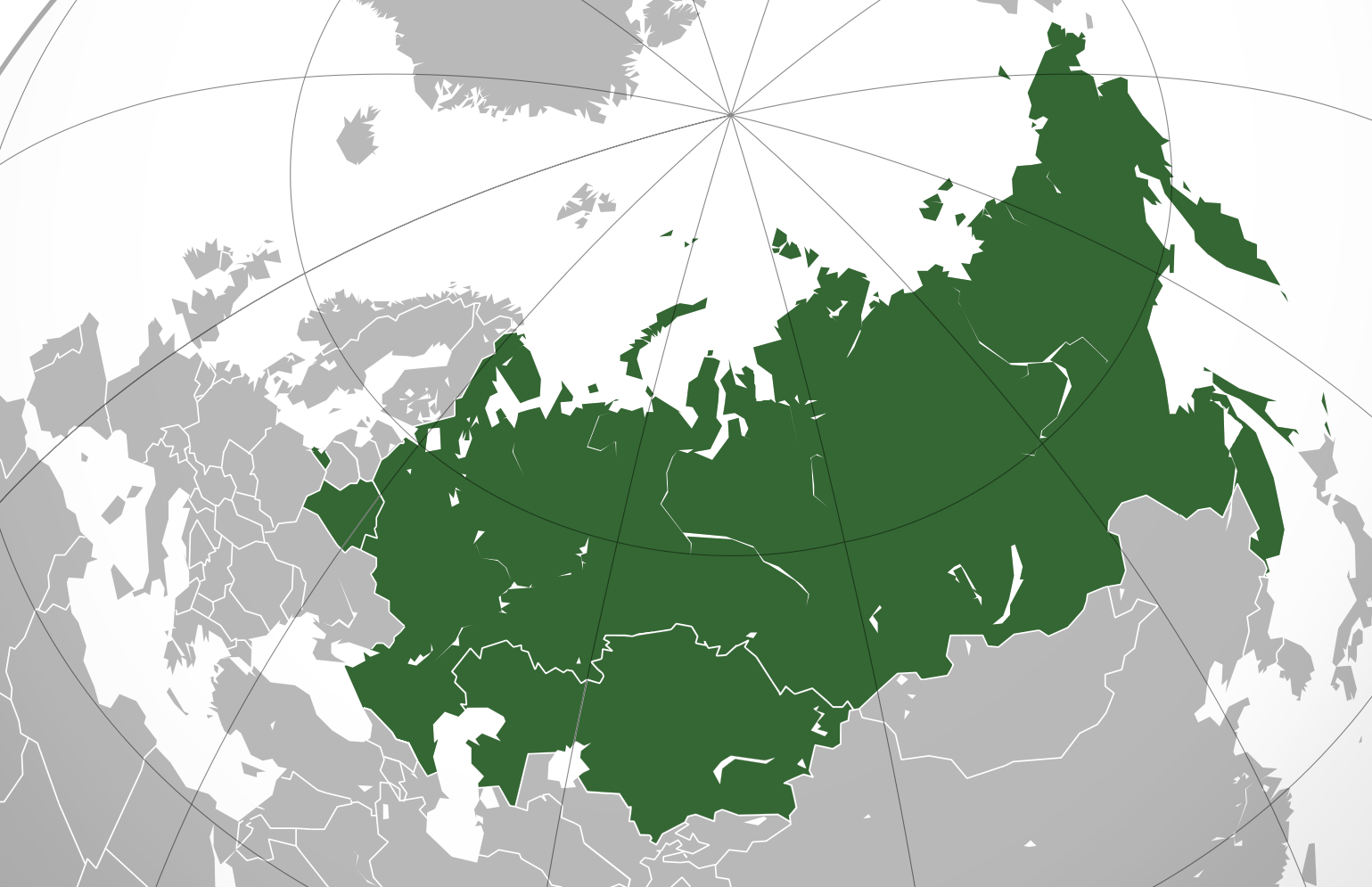
The economy thus is the hidden tiger in the room that can devour any policy, and it must be addressed as part of a comprehensive package to stabilize and reform a still emerging Ukraine.
The Ukraine, like many former Soviet republics, still needs time and space for political maneuvering space before it can rebuild. Poland and others have done that, but not without significant struggle and assistance.
The question is posed, then: Can the Ukraine do the same, and how much external assistance and assurance does it need? It certainly cannot do it with Russian troops in Crimea, a restive population in eastern Ukraine, and Russian tanks mobilizing on its borders.
Russia is a beneficiary, and hostage, of its energy wealth. The new pipelines it is building seem to be strategic decoupling via the economic tool of national power—one exploited by Putin and his resource extraction, exploitation and export elites.
That tool also seeks, further, to tie NATO ally Turkey to Russia, something which would accomplish at least a few strategic goals, making the Turks less likely to block Russia on behalf of its NATO partners.
Policy Options
In the context of an expansionist Russia and energy and economy dependence on allies there are at least seven policy buckets that should be developed and deployed.
Enable Ukraine to Defend Itself
Russian aggression must be stopped and contained, preventing a further Russian invasion of Eastern Ukraine or any other part of the country. That means enabling the government of Ukraine to be able to defend itself.
Move Russia Out of Crimea
Following that, Ukrainian sovereignty and territorial integrity must be maintained, and in the case of Crimea, reasserted. That means finding a way to force Putin to leave with a subtle “climb-down” so he cannot escalate (with a staged provocation, referendum, or some other old ploy), and that he must not be allowed to set the conditions for an occupied Ukrainian Crimea becoming a “new norm.” That means Russian forces move either back to their bases under the lease agreement established in 2012 to 2042, or out of Crimea.
Ensure Rights of Minorities.
Rights of ethnic minorities, who in some regions are the local majorities or pluralities, must be respected. Of note, there have been no indications that these rights have ever been trod upon by the government or people of Ukraine in any systematic or sustained manner.
Secure Europe’s Energy Future
European energy sources need to be secured. It is not an accident that Germany ranks third in the world in developing wind power—it is a strategic core interest.
Build Better Security Partnerships
As much as the United States would like to “rebalance to the Pacific” it appears that events have forced a “return to Europe.” There is simply too much at stake, and so NATO must be strengthened and allies reassured. The United States should significantly shore up its embassies in the entire former Soviet Union and former Warsaw Pact region, deploying people as our greatest asset to daily advocate and advance a Europe-U.S. strategy of “confrontational cooperation” to build a better (not perfect) security operating environment through the region. That does not mean redeploying tens of thousands of troops; it means deploying the sustained will and attention of the United States government.
Understand Russia’s Grand Strategy
Consider all of Russian activities as part of a grand strategy—whether seeking new access to ports in Vietnam or Djibouti, seeking influence in Egypt, or actions in the Arctic rim. Address each in detail, but as part of an emerging and concerted grand strategy. What the Russians do in each of these places is most likely not coincidence; we should not lead our policymaking to serendipity.
Bring Back The Money
“Legalnomic” actions are needed to work with Ukraine to identify and return the illegally exported wealth of Ukraine; at the same time, we must seek and identify similar Russian funds in European and U.S. banks so we can identify better the true scope of the problem. No doubt our legal attachés, country teams and other organs of U.S. government are already working on this, but it needs to be more transparent, part of a synchronized information campaign, and reinforced.
Next Steps
All this will require a lot more than a few visa revocations and some “smart sanctions.” It will require the United States and Europe to gird themselves for a protracted struggle with Russia.
U.S. and European leaders must be considering now the most important question: How does Russia “climb down” from this crisis?
Putin holds most of the cards—but he may well have overplayed them here.
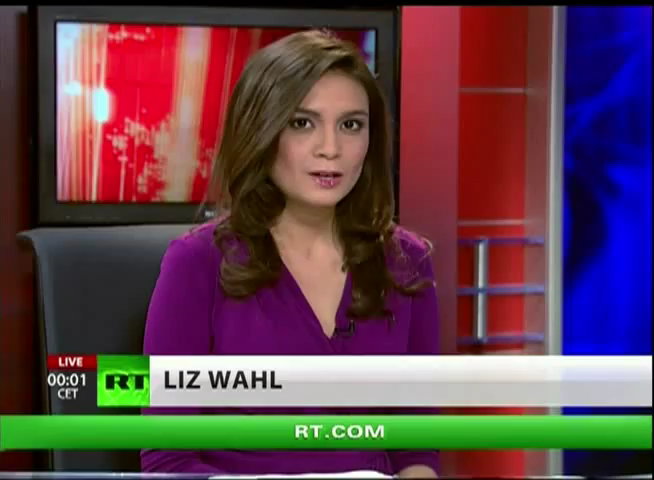 Liz Wahl, the “Russia Today” U.S. news anchor who resigned last week, highlights the difficulties into which Putin has led Russia, but the past 15 years are littered with leaders who underestimated Putin’s grasp on his own domestic political system and the international arena in which he is a forceful and leading actor.
Liz Wahl, the “Russia Today” U.S. news anchor who resigned last week, highlights the difficulties into which Putin has led Russia, but the past 15 years are littered with leaders who underestimated Putin’s grasp on his own domestic political system and the international arena in which he is a forceful and leading actor.
The West has to find an outcome that will not be perfect, but will be tolerable and sustainable, so that five or ten years from now it doesn’t find itself counting Russian Hind gunships over Crimean—or Ukrainian—skies once again.
Concurrently, we still have to have a “rough peace,” or working relationship, with Russia, to build integrated policies on common interests and concerns such as Syria, Iran, nuclear weapons, and the emerging and contested Arctic domain.
We cannot sacrifice all of our other interests to Ukraine, nor can we sacrifice the core issue of sovereignty and territorial integrity on the shores of the Black Sea.
Former Secretary of State Henry Kissinger perhaps summed it up best in his Washington Post article earlier this month:
“Putin is a serious strategist—on the premises of Russian history. Understanding U.S. values and psychology are not his strong suits. Nor has understanding Russian history and psychology been a strong point of U.S. policymakers. . . . The test is not absolute satisfaction but balanced dissatisfaction.”


